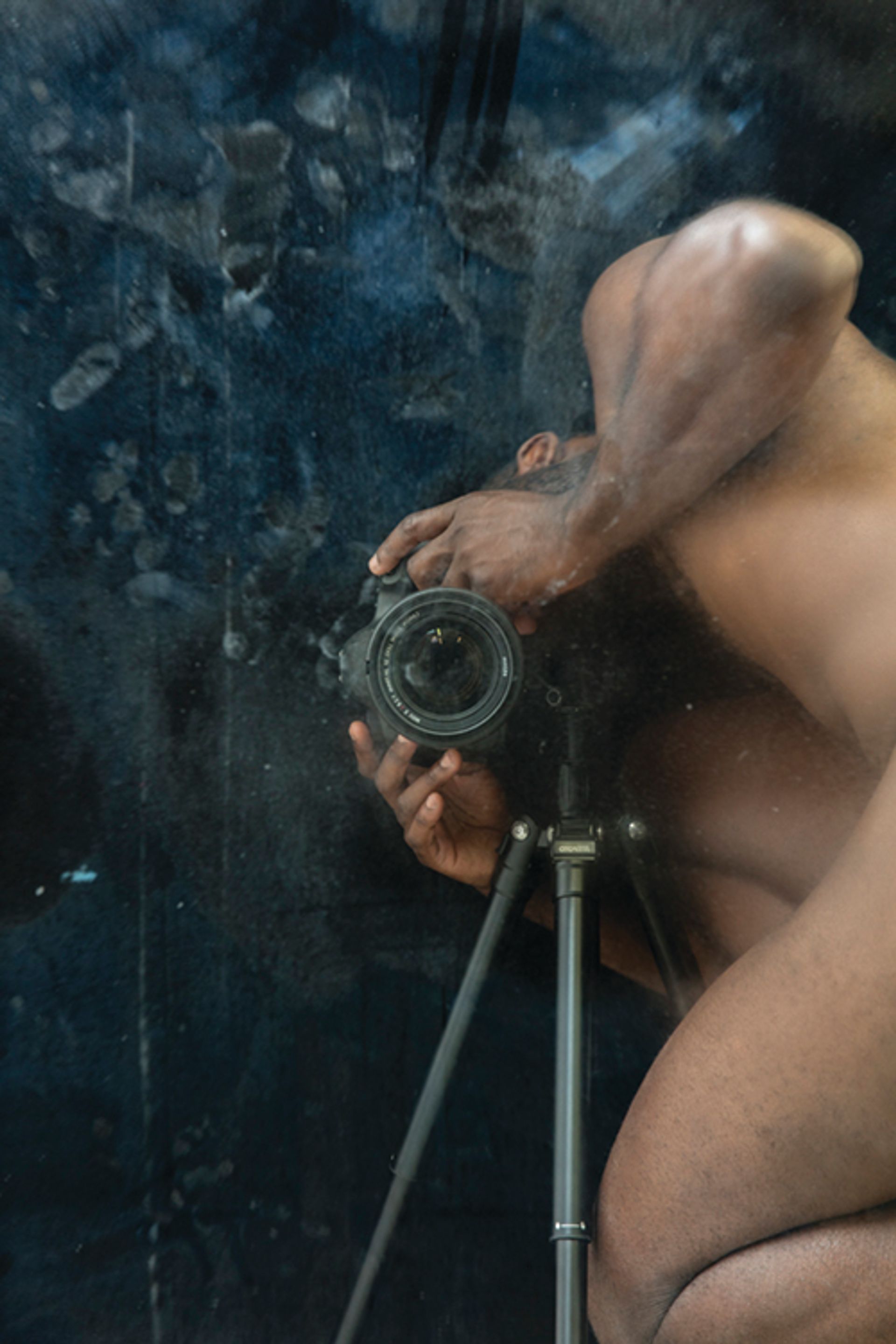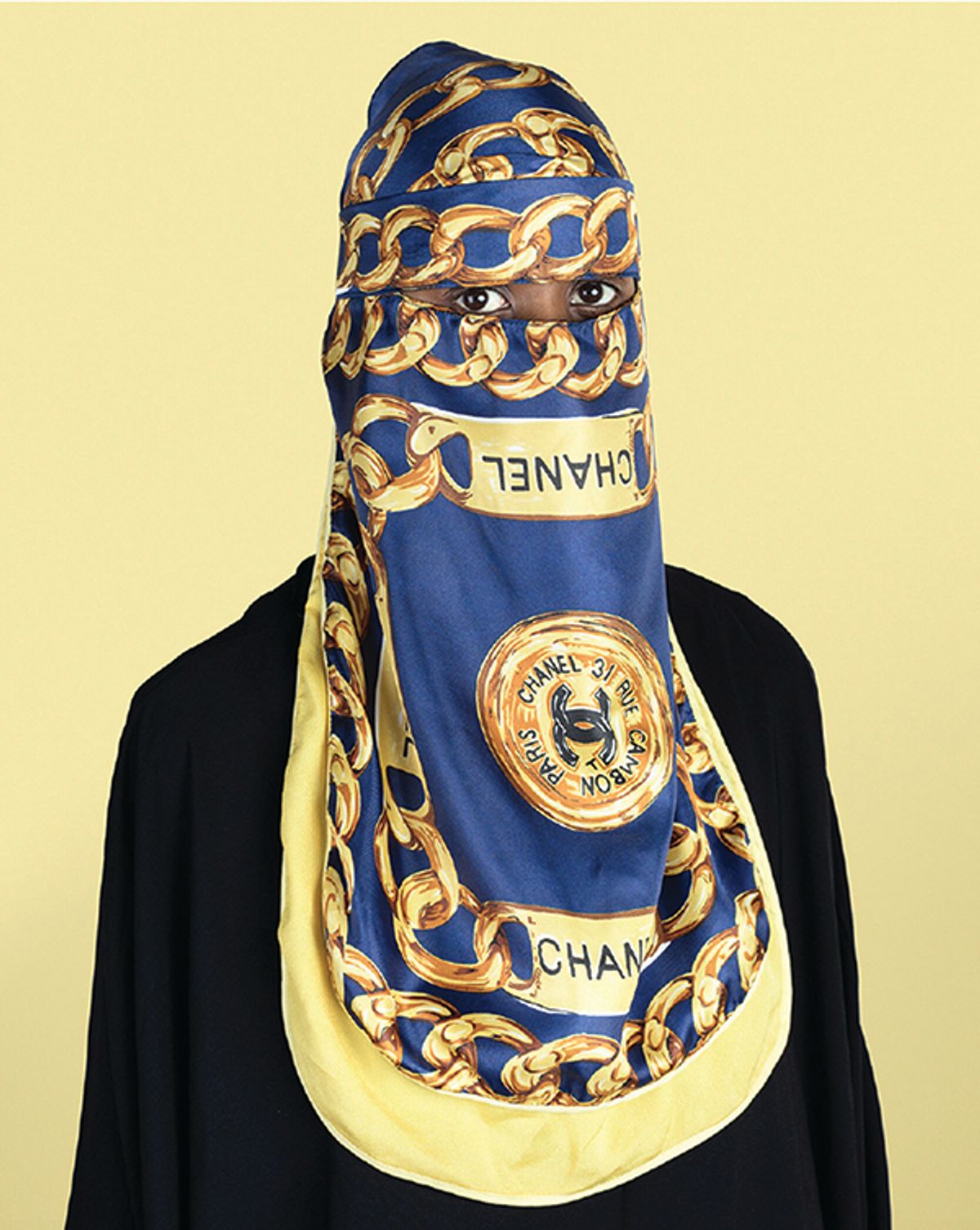“There’s certainly more politics, and more social-political points of view, coming out in the work that people are bringing this year,” says Richard Moore, the president of the Association of International Photography Art Dealers (Aipad), as he looks towards the organisation’s return to Pier 94, New York, for its 38th annual Photography Show (5-8 April).
With an international roster of 96 galleries, the fair offers a primer on current photographic practice. A recurring theme this year is politicised representations of the body, from portraiture to photojournalism. Having reached a high point in the 1970s with the rise of civil rights movements, such work is now being revisited in institutional shows.
A recent Carolee Schneemann retrospective at MoMA PS1 included her naked self-portraits. Speed of Life, an exhibition of the photography of Peter Hujar, featuring his 1969 work for the Gay Liberation Front, is currently on show at the Morgan Library (until 20 May).
Just as important are the contemporary parallels in MoMA’s Being: New Photography 2018 (until 19 August), organised by the museum’s assistant curator, Lucy Gallun, which leans heavily on representations of the human figure. “We can’t help but see this work politically,” Gallun says. “When artists are thinking about lived experiences, politics is clearly part of that.”

Paul Mpagi Sepuya, Darkroom Mirror (0X5A1531), 2017 Yancey Richardson
One of the artists in Being, Paul Mpagi Sepuya—whose work is informed by his experience as a young, gay African-American man—is also on view at the Aipad show. He is represented by Yancey Richardson, whose New York gallery will mount three examples from his Darkroom Mirror series, which employ mirrors and strategic draping to create ambiguous scenes. “Desire really permeates Paul’s work,” Richardson says. “He implicates the viewer by creating a desire to see what you’re not seeing.” Prints, in editions of five, start at $9,000 each.
A similar conversation between subject and object can be found in the work of Bastiaan Woudt, at the stand of Atlanta’s Jackson Fine Art. Woudt shot these stark portraits in Mukono, Uganda. “I’m excited by how close Bastiaan can bring you to his subjects,” Anna Walker Skillman, the gallery’s owner, says. “He concentrates the portrait by bleaching out everything but the essence of the person who is his subject.” Woudt’s prints are priced between $4,000 and $13,550.
Picking up the photojournalism tradition is Ryan Vizzions, whose pictures of tense standoffs between the National Guard and Native Americans at Standing Rock are presented by Monroe Gallery of Santa Fe. According to the dealer Sidney Monroe, by filling the foregrounds with one group of participants or the other, Vizzions succeeds in “transporting you into that moment”. Prices for his images, in editions of 25, start at $1,200.
What is the source of the strident mood of works at this year’s Aipad show? “The personal is political—the political is personal,” Gallun says, “so it’s definitely part of how we have to see works of art about people living their lives in particular situations.”
Moore, Aipad’s president, is more straightforward. “I attribute it to the first year of the Trump administration,” he says. “It’s the reaction to what both creators and gallerists are feeling.”


